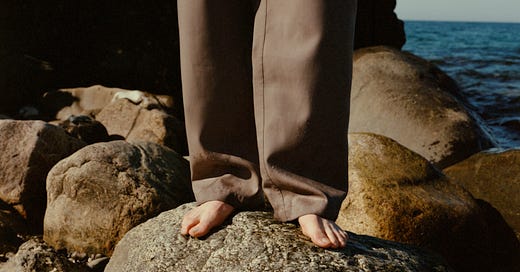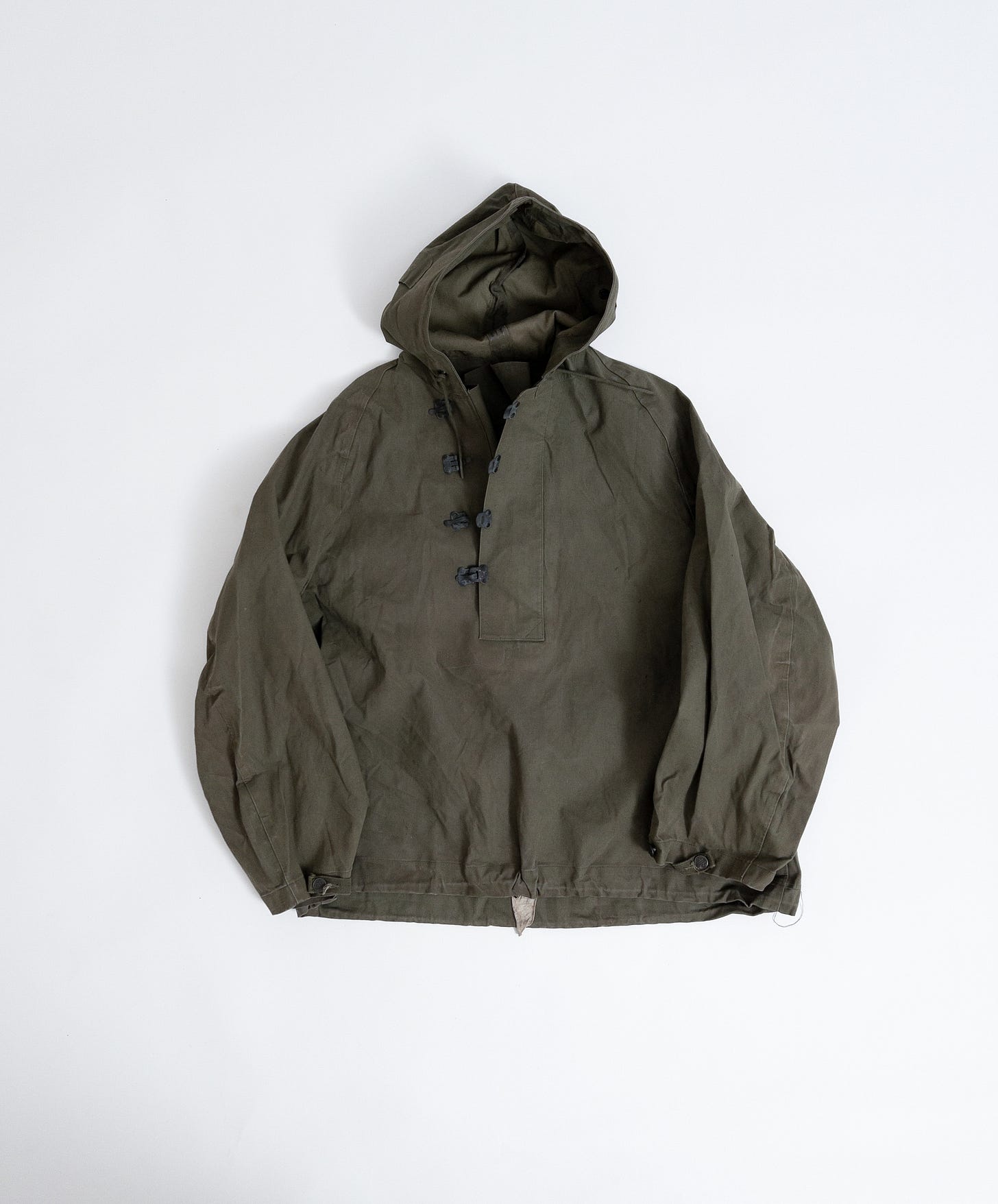PRESENT FOREVER is the new go-to source for discovering independent clothing brands, makers and stores from across the globe. Follow us on IG here and here
My first step into menswear — and here I simply mean: the moment I stopped wearing H&M — took place about a dozen years ago. It happened when I was introduced to two upcoming Scandinavian brands: Norse Projects and Our Legacy. This was back in the day when minimalism was the new thing, when Norse Projects was praised for its “mastery of standard silhouettes,” and when Our Legacy was still a reasonably priced menswear brand enjoyed among “guys who like their clothes to be interesting and well-made, without any bold logos or big statements.”
Fast forward to today: the luxury conglomerate LVMH, through its venture capital arm, has acquired a minority stake in Our Legacy. This is recognition both for its prolific growth in recent years (it’s now a €40 million business) and its ability to create of-the-moment clothes that are both experimental and wearable. In a recent statement in Vogue Business, the CEO of LVMH Luxury Ventures called Our Legacy “quiet cool”. (I’d say it’s “understated weird.”) Like some kind of man-made biological species, it has created a niche for itself — full of endless resources and without natural competition — in which it has thrived, and from where it is now expanding into uncharted territory. It’s a rare case of an independent brand bursting out of a self-made niche-bubble.
Norse Projects, for its part, has grown from a humble streetwear retail store in Denmark’s capital Copenhagen to a “fully fledged Scandi giant.” Unlike Our Legacy, which at one point said a so long, farewell to its former self, its route has been that of broadening its range while remaining true to its original DNA: that of making simple yet functional staples done in an outdoorsy-formal aesthetic. A case in point is the ‘Thor’, a Norse Projects classic, which has been updated almost every season — in a light cotton or heavy down version — for well over a decade.
Whatever one thinks of Norse Projects today — simply solid or just mainstream? — looking back it feels rather special to me personally to enter into an open conversation with one of the key figures behind the brand in recent years. The esteemed British clothing designer Raff Godfrey started at Norse Projects in 2017 as Senior Designer Menswear and was appointed Head of Menswear two years later, in 2019. He held this post until 2022, when he decided the time was right to start his own independent brand: Works and Days, which has just launched its Fall/Winter 2024 collection.
The brand’s name is taken from a 2,500 years-old didactic poem by the ancient Greek poet Hesiod. Here, in about 800 lines written in dactylic hexameter, Hesiod instructs his brother Perses in the virtues of hard work, especially through farming, and offers moralizing advice on how he should live his life, criticizing him for his idleness and desire for shortcuts to financial wealth. What was it about the poem, I asked Godfrey, that made him decide to use its title for his new project?
Raff Godfrey (RF): “I know it might seem a bit strange at first glance. But I saw elements of my personal philosophy in it, and generally I think we’re all seeking answers to the questions of our personal philosophies. For me, the poem translates to a focus on craftsmanship, integrity, and a slower, thoughtful approach to design.
There’s also an element in it of something that I’ve thinking about a lot. In order to become really good at something, it requires boredom and tedium. It requires doing the same things over and over and over and sitting with the frustration of putting in work that doesn’t immediately pay off. It requires sitting with the uncertainty of, am I going to spend hours and hours working on this design only to discover there’s nothing in it?”
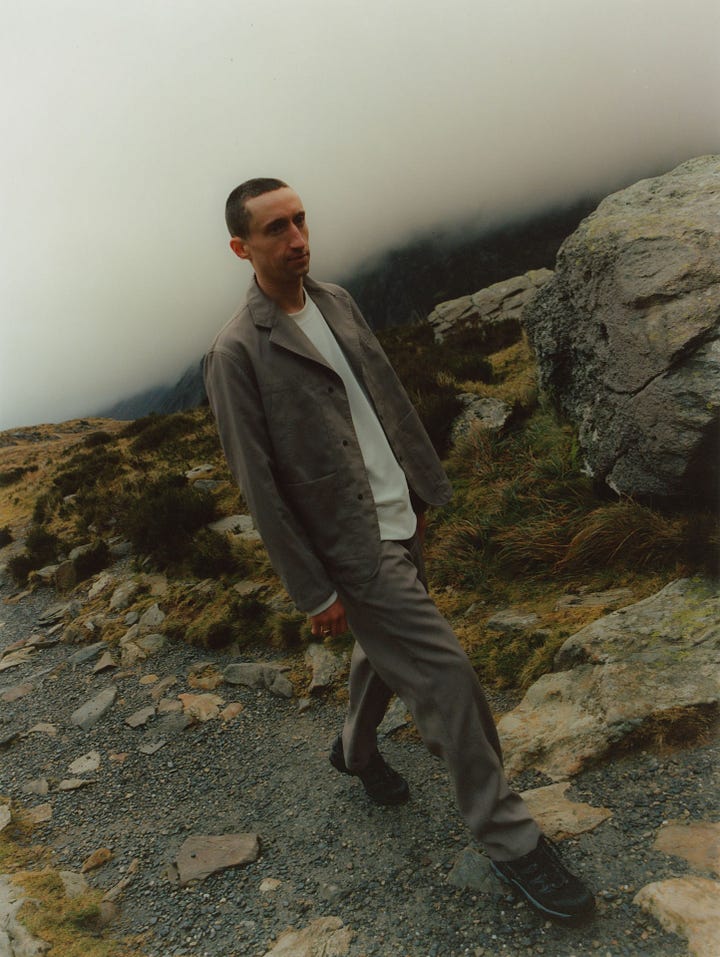
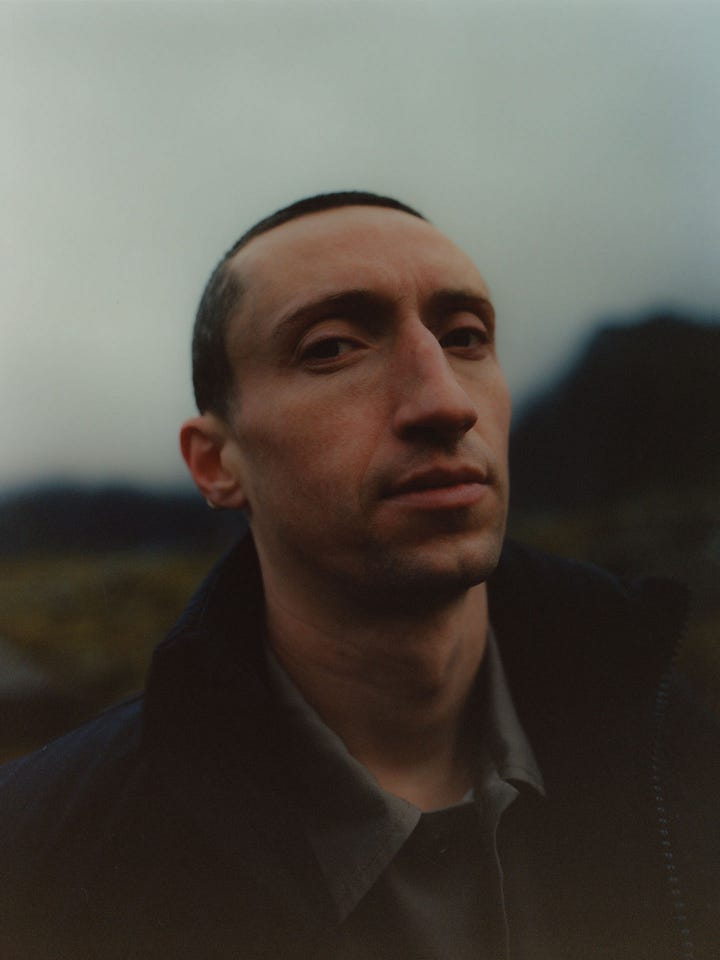
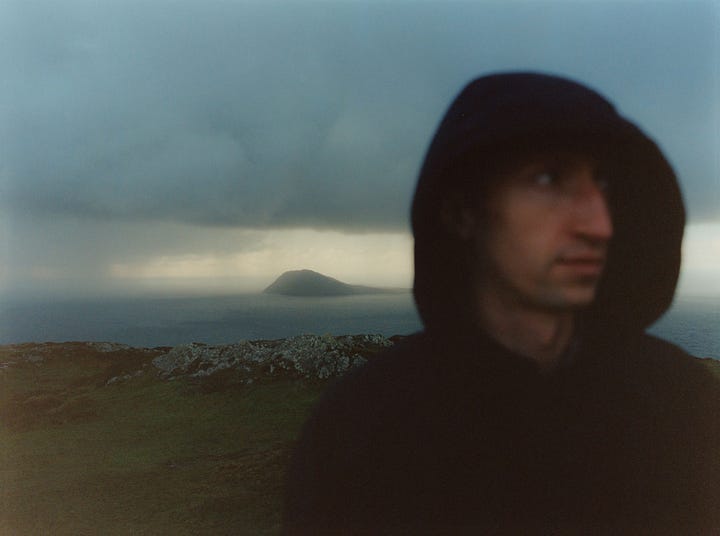
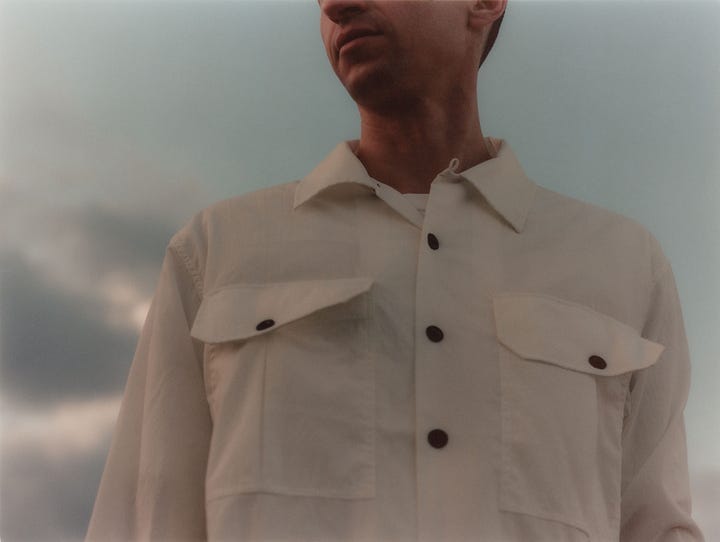
During my exchange with Godfrey, I stumbled — more or less by happy accident — upon Advance Copy’s Growing Independent Fashion Brands, which traces what’s needed to build a stable niche brand. It rekindled my interest in the business-side of being (and, sometimes, remaining) small and independent. How do you start such a brand? What kind of experiences and skills go into it? Or, focusing on the case of Works and Days, how do you know you’re ready to take the leap from an established name like Norse Projects into the great unknown?
RG: “My career path has been in some ways pretty linear, and I’m a product of those experiences. I studied Menswear at Central Saint Martins in London, and took a year out to intern at Burton Snowboards and Paul Smith. During my studies I was also working part time in store at Margaret Howell. Once I graduated, I got a job working at Paul Smith, and then moved to Denmark for the job at Norse Projects in 2017. Here, I would say, I matured into a broader skillset that enabled me to consider starting a brand and a business.”
”Looking back,” Godfrey continues, “I can draw a direct line between my early experiences and how they influenced my aesthetic and approach to design. An oversimplification would be technical - Burton, tailoring - Paul Smith, and heritage - Margaret Howell. I think you can look at my work at Norse Projects and Works and Days and see those interacting elements.”
”My time at Norse Projects was great for broadening my role and understanding of the business outside of purely design. As it is a much smaller company than I had previously worked, I found myself involved in all aspects of what it takes to get collections from concepts to customer. And that for me was the ultimate motivation, I loved it. You shift your perspective from the idea that design is about the garment, fabric, trim and details to the notion that design is about how everything works in the company. You simply can’t design the best product without having everybody aligned throughout the chain, from suppliers to sales. I think once I reached that point it was a matter of time before I started thinking about what could be possible, and asking the question: could I start my own brand?”
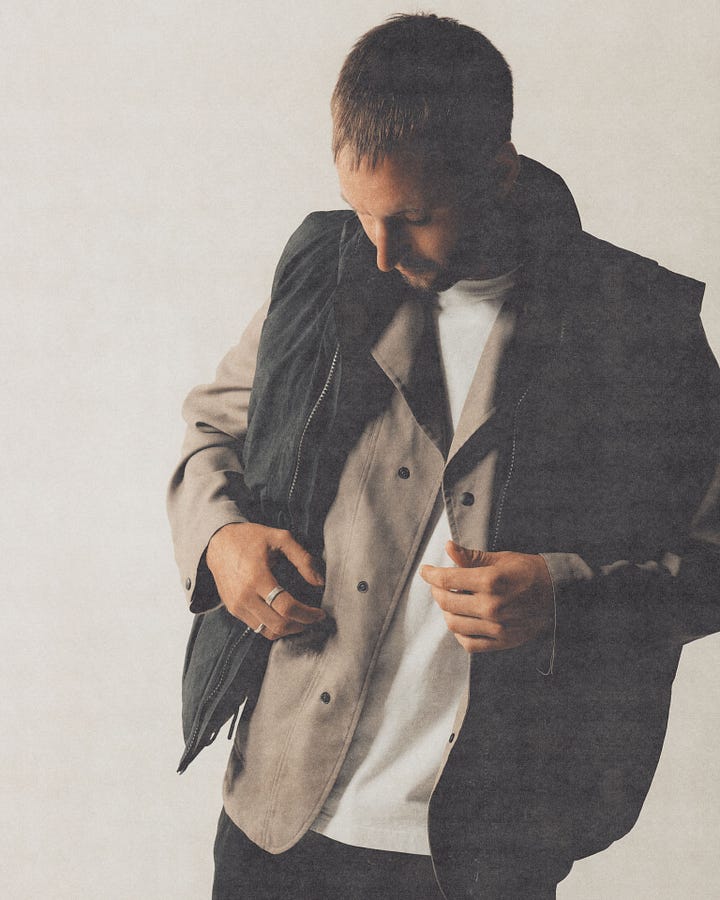
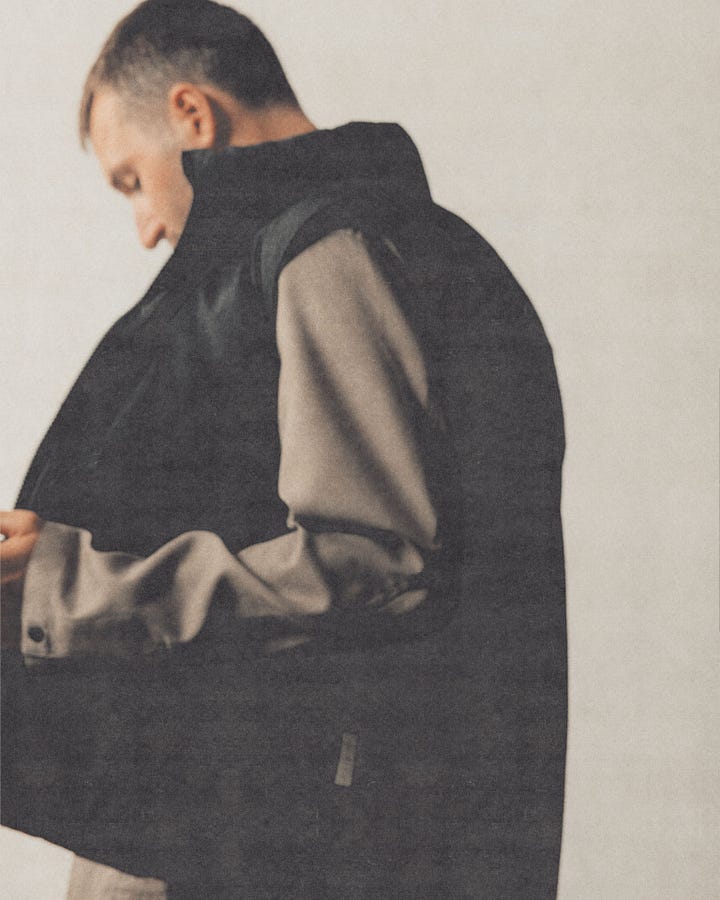
That makes a lot of sense. But still, I wondered about the order of events here, leading up to Works and Days. First to have everybody aligned and then decide to start? Or start, knowing you’ll probably manage to get everyone aligned along the way?
RG: “Starting Works and Days I certainly didn’t have everything aligned from the outset. If anything, I think a bit of naivety helped. If I’d fully understood the scope of the challenge, I’m not sure I would have taken the leap. But, once you commit in your mind, there’s no looking back, as long as you have the right mindset to move forwards and believe you will make it work.”
”In terms of order, it began with the concept, strategy, and setting a target launch date. Once I had that outline, I had initially planned to resign from Norse Projects. Fortunately, it evolved into a transitional arrangement where I split my time between Norse Projects and developing Works and Days. This set-up worked for about a year, giving both sides time to adjust and determine the next steps.”
After fully moving on from Norse, Godfrey “worked with various freelance clients, which proved essential for cash flow. My broad experience created demand through word of mouth, and I’ve been able to provide a combined service in design, sourcing, and product development/production. It’s been a pivotal part of balancing growth and sustainability for the brand.”
One of my own obsessions, for PRESENT FOREVER at any rate, is to unearth the difference between the (visual and textual) representation and the material existence of clothes. This often translates to trying to see how what a brand says about itself connects to, and is reflected in, what it does. On its website I read that Works and Days strives to create clothing of “authentic utility,” to be “tested for its durability.” I invited Godfrey to take me on a brief journey through the AW24 collection, using these ambitions as our guide. What kind of materials are used to make the pieces durable? What design choices were made to give them an authentic functionality?
RG: “I really try to stay away from the opaque marketing language, but it happens — naturally, you have to try and distill concepts. I’m happy to explain…”
”First off, I aim for utility and durability in a very practical sense; can one garment replace one or two? Take the ‘2 Way Working Jacket’ and ‘2 Way PT Pant’ [see below], or their Woolfast Gaberdine versions. Both fabrics are machine washable, anti-wrinkle, and quickly-dry technical materials, but with a natural aesthetic. This means both my customers and I myself wear them more frequently than similar items in our wardrobes.”
”For durability, they’re built to be tough. You don’t have to treat them specially. They’re made to be worn hard, every day, regardless of what you’re doing. They’re constructed in a denim factory using chain-stitch machinery, giving them an authentic workwear finish that stands up to daily use.”
”And utility-wise, I’ve worn my ‘2 Way Suit’ daily around Copenhagen, to weddings, and even formal events. I think design-led pieces don’t have to sacrifice versatility. It’s about designing thoughtfully, not just producing basics, and making sure that versatility and quality can co-exist.”
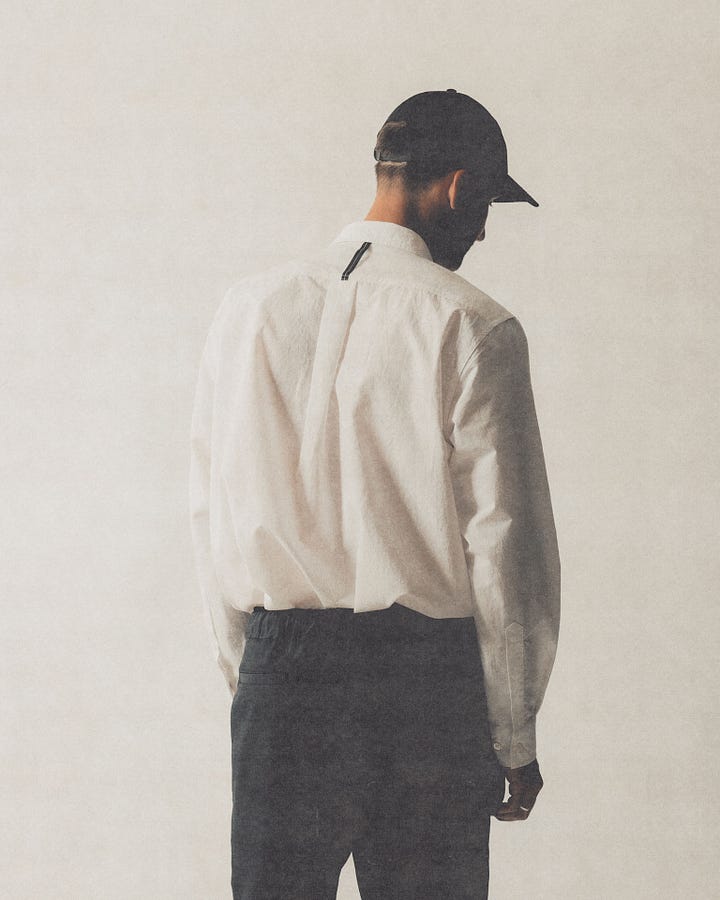
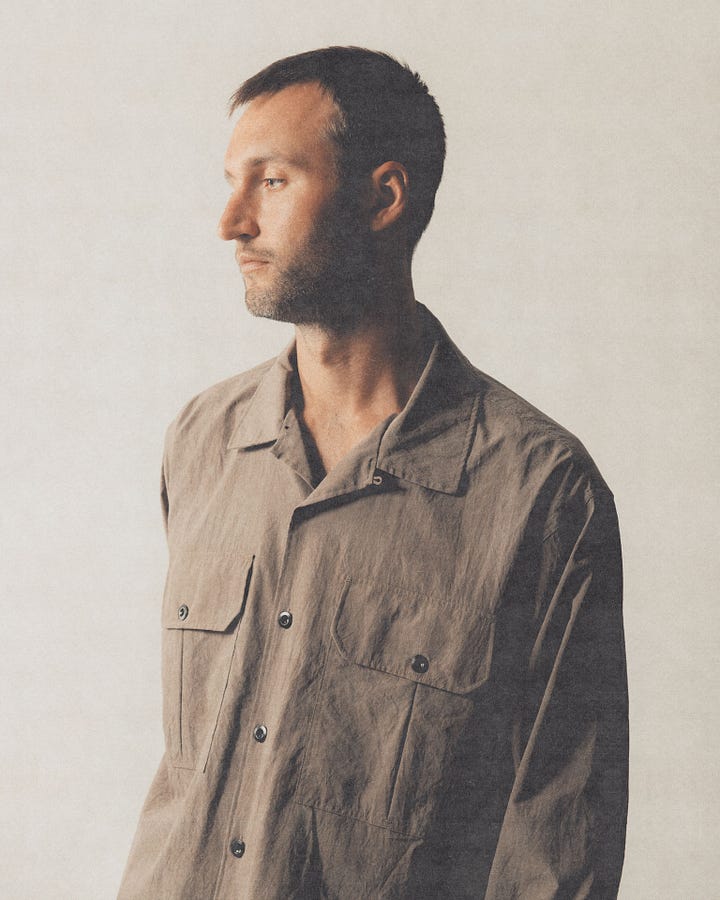

Works and Days’ AW24 collection spotlights two key fabrics: Japanese Woolfast Gabardine and Japanese Technical Wool — used for shirts, pants and jackets. What, I asked Godfrey, made him decide to use these fabrics specifically?
RG: “For AW24, I tried to take a more ‘heritage’ material (although I’m well aware of the true sports applications of wool), using a worsted gabardine, with a poly blend that had a characteristic clean and traditional look. I do a lot of testing and washing on fabrics, and for this one I was testing garment washing at 90 degrees. It was perfect even after this. I love the seam wrinkling and imperfections that come from this kind of treatment. It’s something you find on vintage garments that I want Works and Days garments to achieve over time. A lived in, authentic durability.”
”It was the same for the Technical Wool shirting, but this was also made using an unusual knitted Tricot construction, which is a non-stretch warp knit. This gives a super comfortable drape and feel, with the warmth and performance of wool. Also, it’s washable of course.”

Much of Godfrey’s design references for Works and Days come from his personal vintage archive, where he collects rare and unusual military, workwear and sportswear pieces. The items he’s drawn towards all have “a particular lived-in quality, the kind of feel that comes from years of wear,” as he explains it. Think older and unbranded pieces, everything from French work jackets — which he picked up at the Grande Braderie in Lille recently — to a Hinson Bodyguard hunting jacket and a 40s USN Deck Smock. Design-wise, one major goal for the brand, Godfrey tells me, is to capture “that spirit and history, preserving the essence of the originals in a way that feels authentic and timeless.” At the same time, however, Works and Days is not about making reproduction.
RG: “I want to find the right interpretation and design into the piece from these references. I think sometimes when vintage pieces are referenced they end up becoming too refined. Works and Days is about balancing the old and the new. I believe and I hope when customers see the brand in person and wear the pieces they will intuitively feel this — the tension, I mean, between something old, familiar or ‘heritage’ and something distinctively new in the textile and usability.”
We were getting close to the central idea of what Godfrey tries to do with Works and Days. From his use of both natural textiles and synthetic fibers, I sensed that the brand seeks to bridge the gap between heritage and technical wear. “I want the hand feel, touch, and capabilities of wool,” Godfrey said in a recent feature, “but the ability to treat the clothes likes sportswear or workwear.” Why this particular want or desire? Is it something missing in contemporary menswear? Or is it a post-gorp development that he’s keen on pushing further with the brand?
RG: “Indeed, I’m trying to bridge that gap. I see Works and Days very much in the classic menswear space, applying the best of innovative materials while staying grounded in techniques that stand the test of time. To take my shirts as an example, I’ve moved away from things like bonding, gluing, or fusible interlinings, which often don’t age well at all. Instead, I use what I call heritage techniques — like single-needle construction with loose interlinings, similar to traditional English shirt-making, or workwear constructions like the twin-needle chain-stitch on a chambray shirt.”
”So,” Godfrey concluded, “I innovate through a variety of combinations, the fabrics, washes, and finishes rather than limiting what innovation means. It’s all about making sure each garment aligns with the brand’s core principles. I have this idea that the future will look less like the Tesla Cybertruck and more like the movie Her: technology integrated in a more familiar, recognizable, and humane way.”
WORKS AND DAYS’ AW24 collection is available from its own online store as well as selected retailers worldwide, including Grocery CPH and Illum

